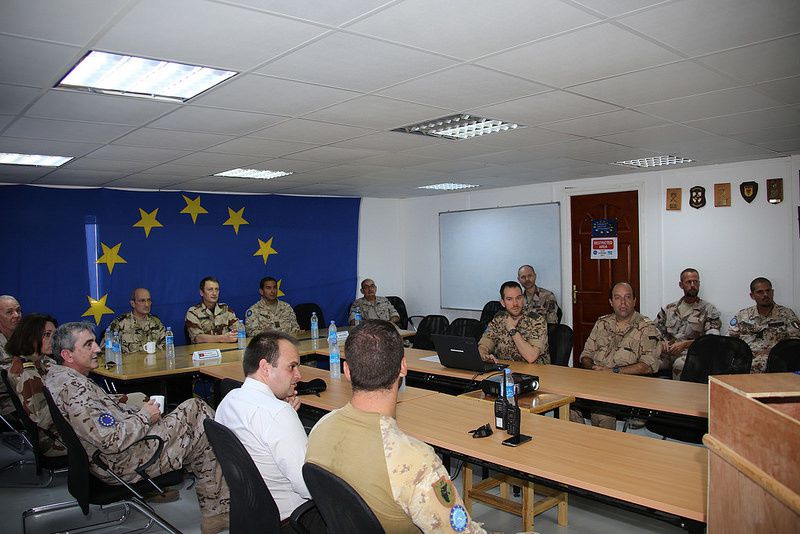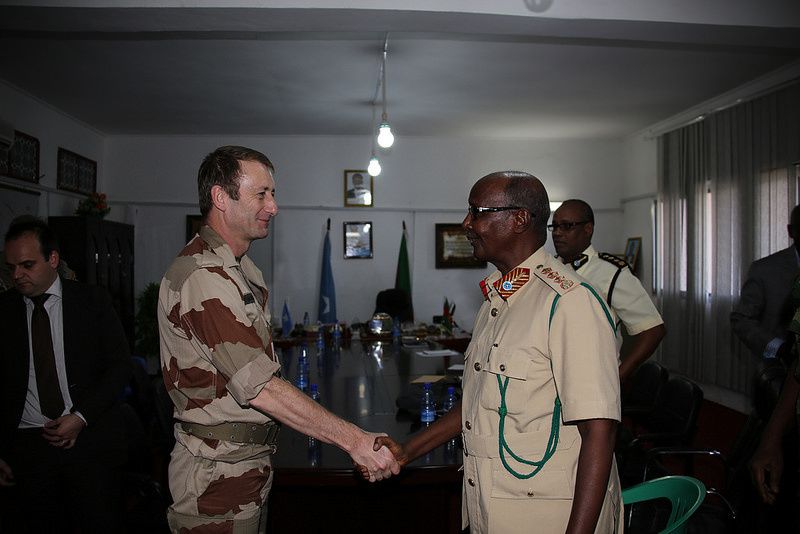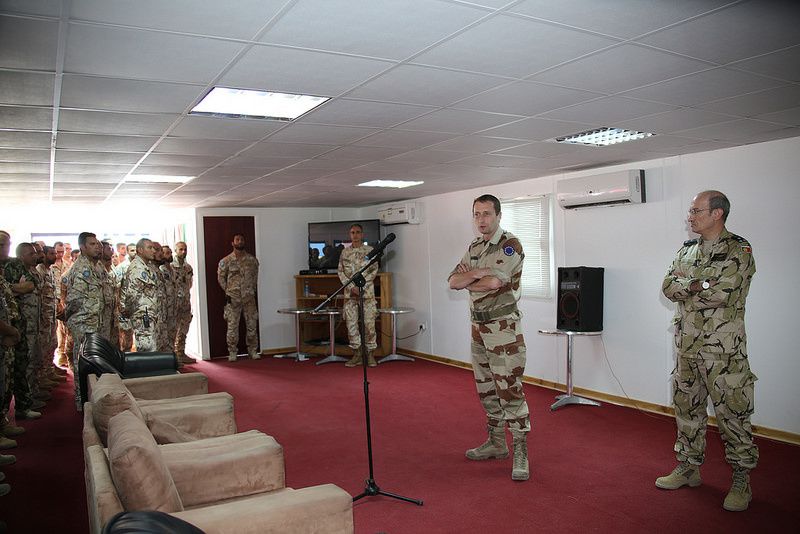02/02/2015 Richard de Silva - DefenceIQ
According to a new study, there may be a need for investment in a “more offensive” surface warfare strategy, given the evolving global threat environment and the spectrum of utility for systems such as long-range missiles, directed energy and electromagnetic rail guns.
The research, conducted by Washington D.C.-based Center for Strategic and Budgetary Assessments (CSBA), recommended that the U.S. Navy not only invests further in these systems but looks to increase their impact by restructuring the surface fleet and embracing new tactics. It argues that controlling the waters in the coming years will play a particularly vital role in strategic defence, not least because of the increasing opportunity of interoperation between naval, air, land and space assets.
Analysts are looking towards the mid-2020s as a make-or-break deadline, a period in which it is envisaged that there will be a global focus on anti-access/area-denial. A2/AD has already been causing strategic pressures in the Persian Gulf, the East China Sea, and other waters that require multinational port access, shipping routes or military patrols. When done correctly, the tactic can prevent troops from landing by sea or limit the range at which surface vessels can support forces inshore.
In tandem, there is a renewed focus among many nations on the growing threat of ballistic missiles. Spurred further by the conflict in Ukraine, fears that were last at their height during the Cold War have returned, but since this time, anti-missile strategic focus has centred primarily on asymmetric threats, such as counter-rocket, artillery and mortar (C-RAM) systems.
A great deal of interest now lies on the US Aegis Ballistic Missile Defense (BMD) system, comprising a network of warships designed to intercept ballistic missiles post-boost phase and prior to reentry. Latest tests (as of November 2014) conducted by the Missile Defense Agency in the Pacific with recent upgrades have been reported as successful.
It is interesting to note that China has also identified a need to develop its seaborne missile capability and has announced that its own version of Aegis is also to expand with plans to launch eight new warships (Types 052C and 052D) to augment its ten existing destroyers and new aircraft carrier. Construction is to begin this year.
Most recently, the US Navy sees the deployment of two additional Aegis destroyers (F-100) in Spain his year as providing a “significant deterrent”, according to remarks made to Sputnik News Agency. A representative of US Naval Forces Europe stated that the placement of the vessels maximised “their operational flexibility for missions in the Atlantic and Mediterranean” while further enabling rapid response to any crisis.
The F100 Álvaro de Bazán class multi-role frigate is one of the few non-US warships to carry the Aegis Combat System and its associated AN/SPY-1 radar, along with ballistic resistant steel in the hull and anti-vibration power plants. Other nations to carry the honour are Japan, South Korea and Norway.
Captain Manuel Martinez-Ruiz, programme director for the F-100 (as well as overseeing the impending introduction of the F-110 frigates) – believes the vessels are up to the task of dealing with a range of threats in the coming years and have already demonstrated their value as an AEGIS component during recent exercises.
“The Spanish Navy’s F-100 Frigates have shown excellent AAW capabilities since the commissioning of F-101 Alvaro de Bazán in 2001, and having participated in numerous NATO, US and UNO Coalition operations,” Martinez-Ruiz told Defence IQ.
“On the other hand, frigate F-104 Mendez Nuñez had a limited BMS&T (ballistic missile defense surveillance and tracking) role at FTM-12 (Flight Test Maritime-12) while Alvaro de Bazan conducted some interoperability tests during Maritime Theatre Missile Defence events during Combat Systems Ship's Qualification Trials. Recently, the F-100 C2 capabilities have been improved through Joint Range Extension.”
“While I consider land based asymmetric threats to be something to pay attention to in the future at the tactical level, I believe ballistic missile defence threats – both current and emerging – are something that impacts us on a more strategic and political level, and involves much more complex action among our agencies and nations. What is clear however is that the Spanish Navy’s future ships, such as the F-110 frigates, will be focused more on countering asymmetric threats.”
As technology evolves, the opportunities for surface warship capabilities are ever-increasing as long as the R&D funding can keep up. Of course, with rising complexities, new challenges also rear their heads, particularly when it comes to introducing new systems into an existing family of systems and then testing them within the parameters of a realistic scenario.
“I think the biggest challenge is to be able to characterise anti-aircraft warfare and BMD threats in order to operate them in a coordinated way by improving ‘detect-control-engage’ technology,” Martin-Ruiz explained. “The need to face emerging BMD and AAW threats at force level in this way requires an improved C2 architecture, sensor-to-shooter technology, as well as mission planning capabilities. Also, increasing radar sensitivity with electronic counter-countermeasures (ECCM) capabilities will be the next hurdle for radar technology.”
The field is further complicated by the increasingly urgent need to ensure that multinational systems are integrated alongside standardised methods and tactics, a situation that can only be achieved through continued multilateral naval exercises.
“That will be extremely important in the coming years,” Martinez-Ruiz confirms, “as will the need to increase interoperability among NATO and allied forces. New protocols such as JRE-C and more robust data link capabilities with images and progressive streaming video transmission mechanisms (for example, JPEG2000 based on wavelets) are possibly required to face asymmetric and emerging threats. There are some exciting multinational projects underway now such as NATO’s Smart Defence project and the MTMD forum in which our Navy is interested.”
Martinez-Ruiz will be briefing the delegation at this year’s Integrated Air and Missile Defenceconference (Seville, Spain, 16-18 March). He identified a specific set of focuses with which he hopes those attending will truly engage. These include European initiatives on AIMD, threat assessment and mission planning, characterisation of emerging threats, technology for asymmetric threats, and discussion on mission modules and UAVs.
commenter cet article …






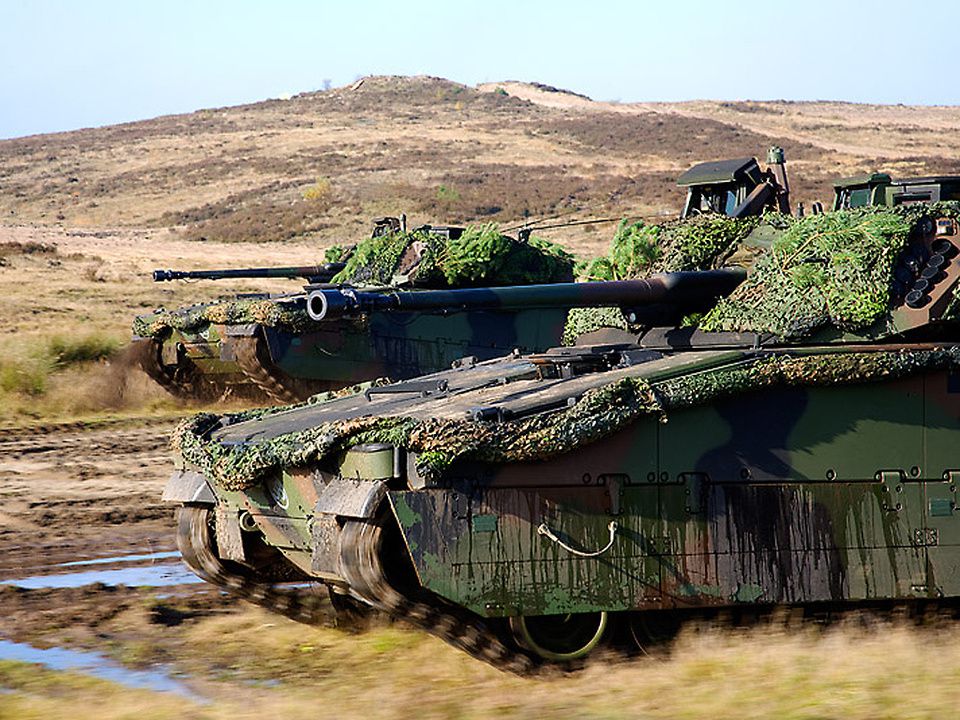



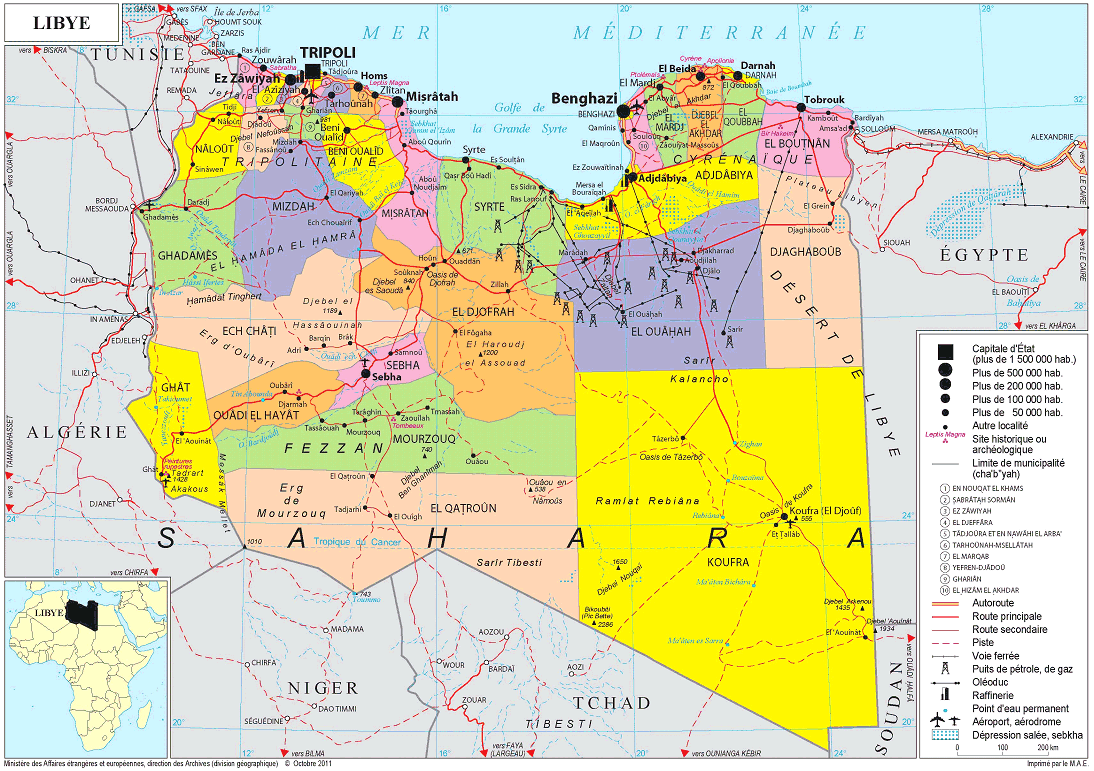



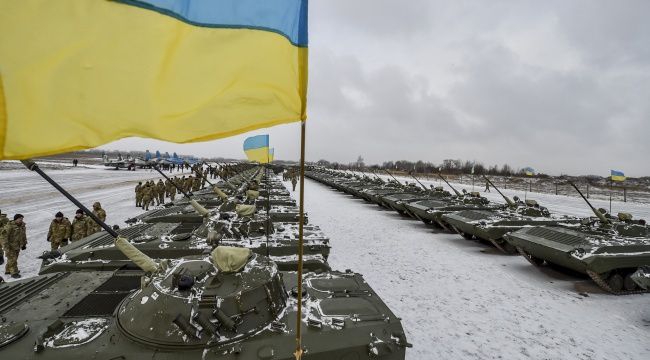


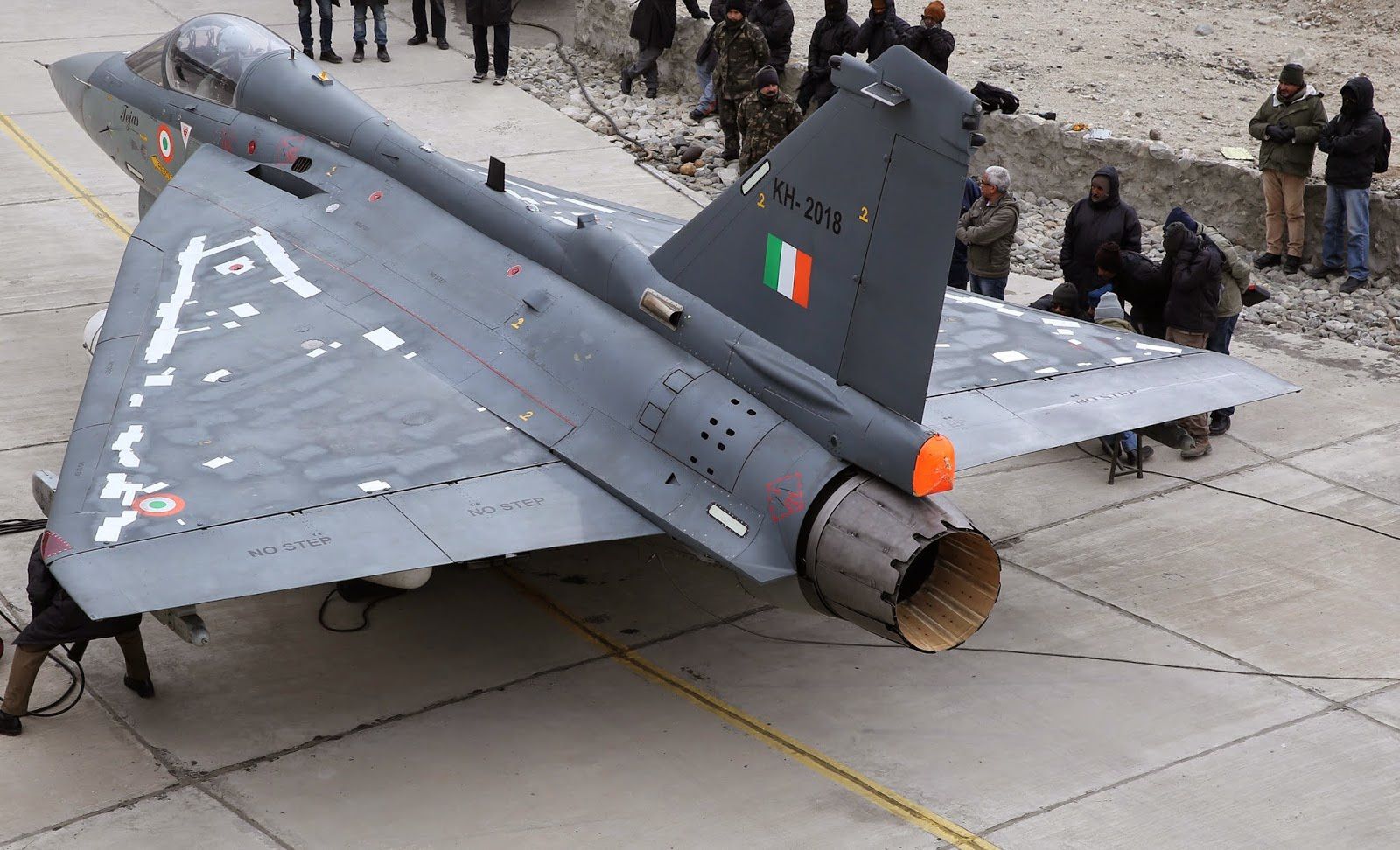







/image%2F0547456%2F20150204%2Fob_d2c8b4_150127-bapteme-34-682x1024.jpg)
/image%2F0547456%2F20150204%2Fob_2558a7_150127-bapteme-43-1024x682.jpg)
/image%2F0547456%2F20150204%2Fob_4913db_150127-bapteme-63-1024x682.jpg)
/image%2F0547456%2F20150204%2Fob_70c941_150127-gtia6-baptising-16-1024x682.jpg)
/image%2F0547456%2F20150204%2Fob_69c266_150127-gtia6-baptising-40-1024x682.jpg)
/image%2F0547456%2F20150204%2Fob_cd5f35_150127-gtia6-baptising-42-1024x682.jpg)
/image%2F0547456%2F20150204%2Fob_f9d435_150127-gtia6-baptising-49-1024x682.jpg)
/image%2F0547456%2F20150204%2Fob_27ff58_150127-gtia6-baptising-72-1024x682.jpg)
